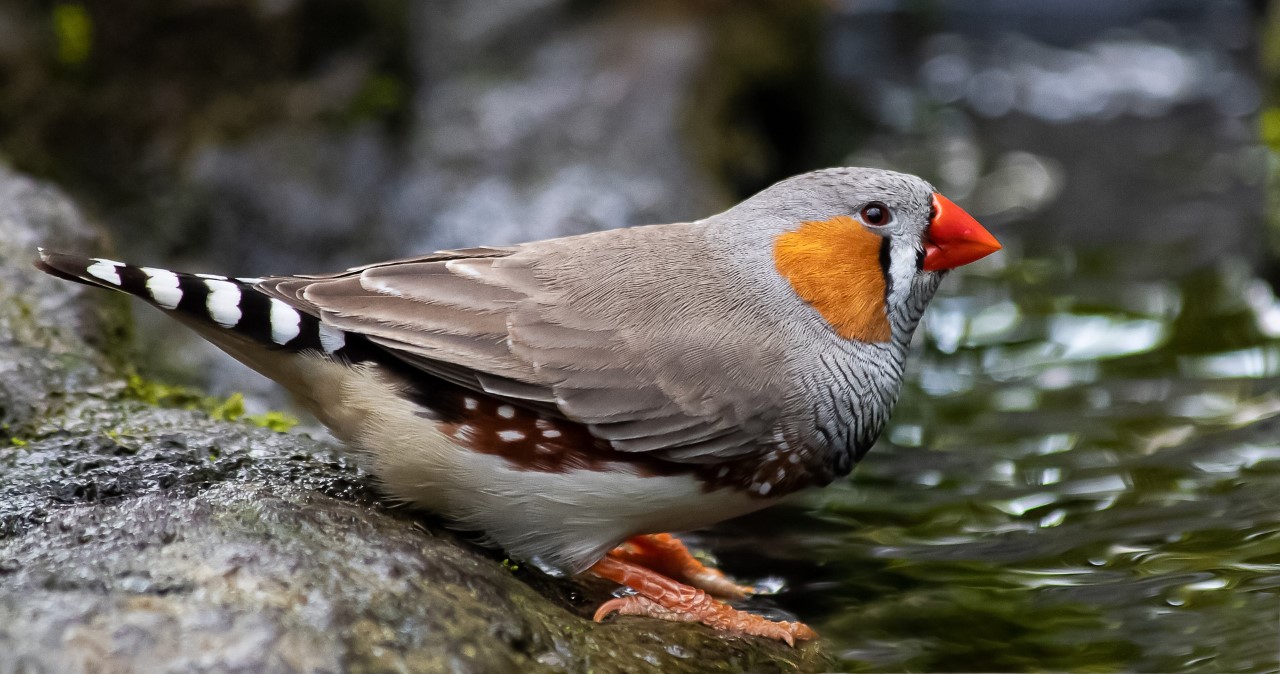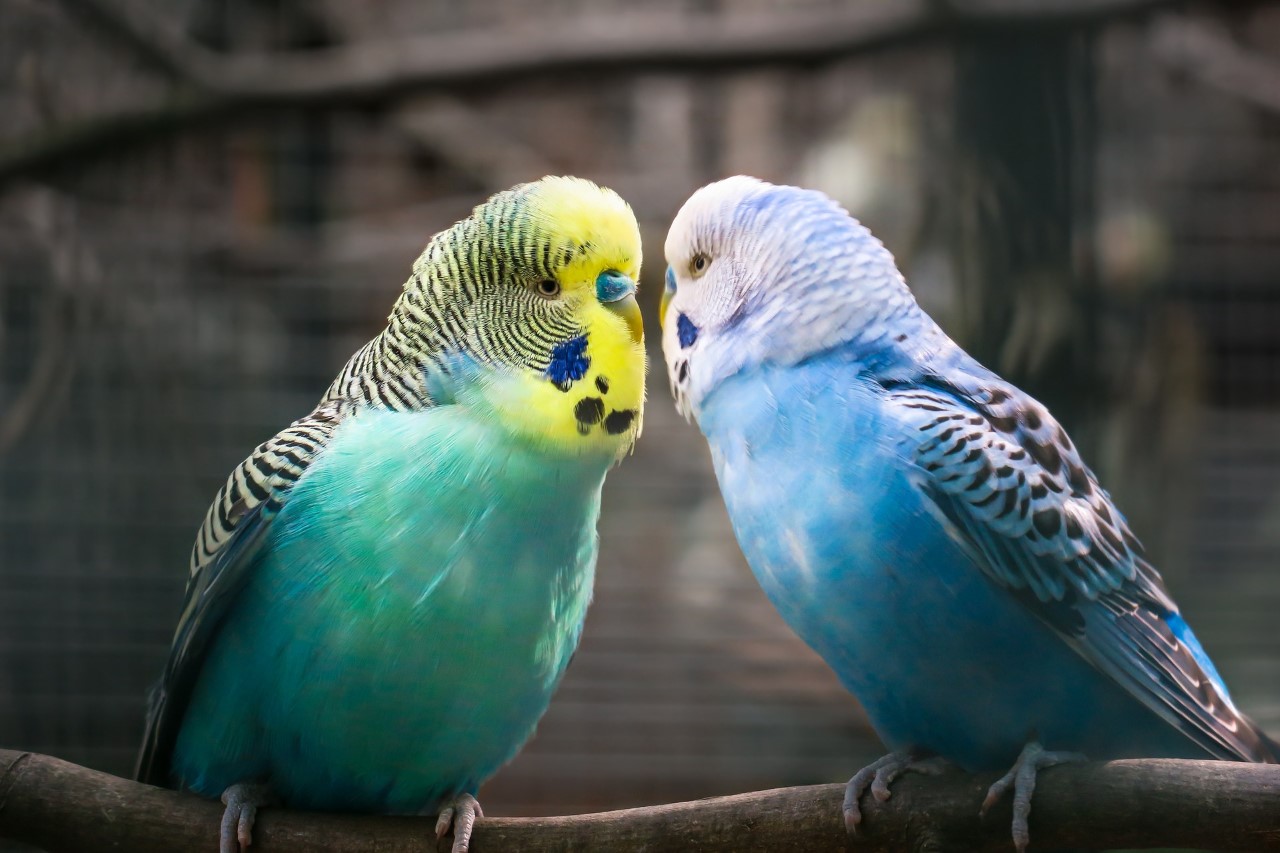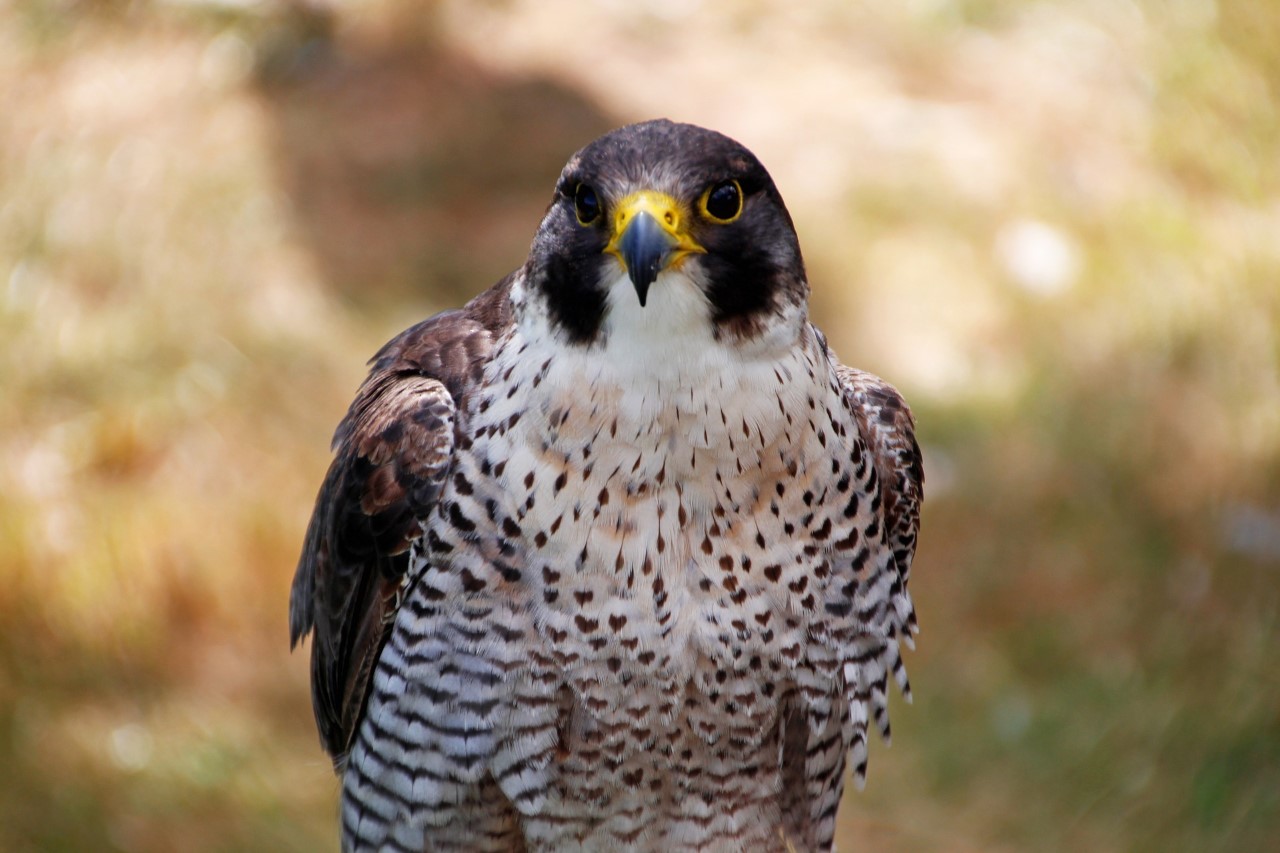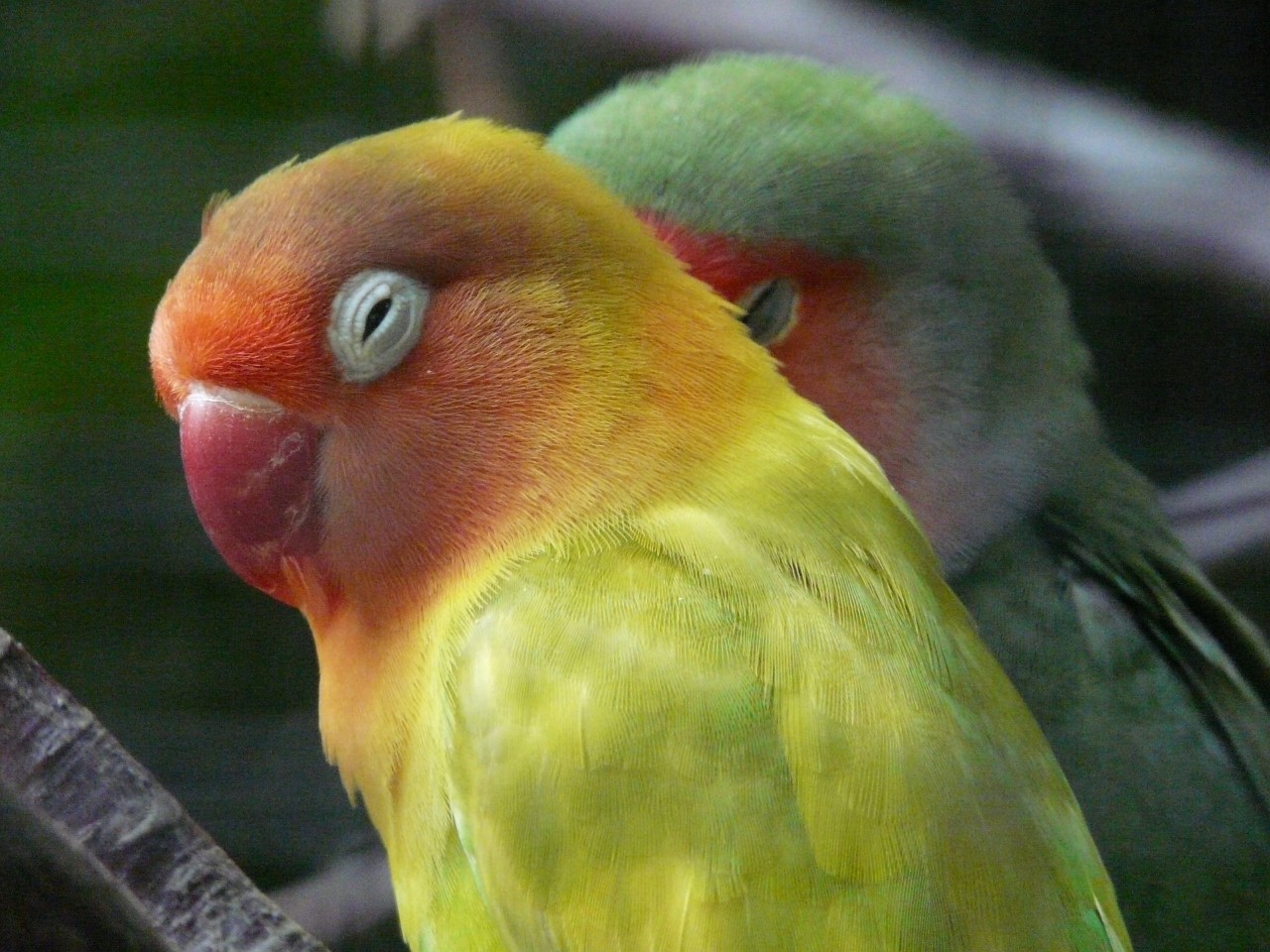Clissold Park & Clissold House Hackney | Dallaswear
Posted by Callum McCrimmon on 1st Jan 1970
Clissold Park Hackney
Thank goodness for our local parks! They have been of huge importance during the last year due to the rise of Covid-19. Many people, unable to go on holiday and isolated in housing without access to outside space have found our parks invaluable. Clissold Park is one such park. A beautiful park in Stoke Newington, Hackney, it covers an area of 54 acres. Owned and maintained by the London Borough of Hackney, it opened to the public on 24th July 1889.
The 1880’s were a time of rapid development in London and most open spaces in Stoke Newington had been turned in to suburban streets by the early 1880’s. Thanks to a group of local people and the formation of the Clissold Park Preservation Committee a campaign was undertaken to save the land from similar development. Chaired by Joseph Beck, a local man whose profession was as a manufacturing optician, a petition signed by 12,000 people and four years of campaigning the land was bought for £95,000. It had not been an easy process. The Clissold Park Preservation Committee were of the opinion that the Park would benefit local people, especially the poor, allowing them an outdoor space in which to relax, exercise and enjoy the fresh air. Those objecting to the idea of turning the land in to a public park believed that the huge sum of £95,000 could be better spent elsewhere. There were others who believed that wealthy home owners wanted to preserve the open space for selfish reasons, a depreciation of house values may have occurred if the land had been developed on.

In 2020-21, as we find ourselves in repeated lockdowns, we must surely be grateful to the likes of Mr Beck who fought so hard to secure open spaces, such as Clissold Park, for the use of the whole community. Indeed, where would we be without these wonderful oases of calm in our urban habitat?

Clissold Park is a traditional London park, with lots of mature trees and amenities to attract local people. There is a wonderful aviary housing exotic birds such as Zebra Finch, parakeets, budgerigar, lovebirds and cockatiels. This has always been a favourite part of the park; you can see the birds quite closely and when we were children there were also talking Mynah birds that would repeat back what you said to them.

For animal lovers, adults and children alike, there is a small herd of fallow deer. I think these are the prettiest of the deer species that we have in the UK and it’s lovely to be able to see such beautiful creatures in a local park. The fallow deer share their enclosure with two, Anglo Nubian cross, goats. The goats are called Bob and Dylan.
Other attractive features of the park include a pretty river and two lakes where children can explore from a pond dipping platform. Of course, the ponds attract an array of ducks and other birdlife. To cater for little ones there is a fantastic children’s play area, tennis courts, table tennis, a multi-use games area and a paddling pool. The paddling pool is closed at present but is due to be renovated in the near future. The park benefited from an £8.9 million Heritage Lottery Fund restoration payment in 2011.
Within the grounds lay Clissold House a grade II listed building. It is a most striking building and beautiful to look at as it sits comfortably in its surroundings. The manor house was built by Jonathan Hoare between 1790 – 1793 and originally called Paradise House. There is now a café in the house which serves a lovely selection of hot and cold food. At present, due to the coronavirus lockdown, the café is open for take away only. In normal times, before Covid-19, it was always a pleasure to order something delicious from the café, to sit outside at a table and enjoy the fresh air as intended by Mr Beck all those years ago. On our last visit to Clissold Park, we were very lucky, and thrilled, to spot a peregrine falcon hunting. It soon became clear that it was nesting at the base of the spire of St Mary’s Church directly opposite the park.

p
There are two churches next to the park. The smallest and oldest of the two churches is noteworthy as the only remaining Elizabethan church in London. In the graveyard of this pretty little church there are monuments to those who were well known in the fight against the slave trade. James Stephen who was William Wilberforce’s brother-in-law and an adviser to the anti-slavery bill is buried there, as are Wilberforce’s sister and daughter. Apparently, Wilberforce himself planned to be buried in the same place but after his death it was decided Westminster Abbey was more befitting.
Before finishing, it would be amiss of me not to mention Church Street which is where the park is situated. A long street, which runs from the park itself to
Stoke Newington High Street and having undergone a process of gentrification, it has a similar feel to Islington. There are masses of individual boutique style shops and wonderful coffee shops and eateries. It really is worth a visit as well. Often missed by tourists as it is not on the tube line.


